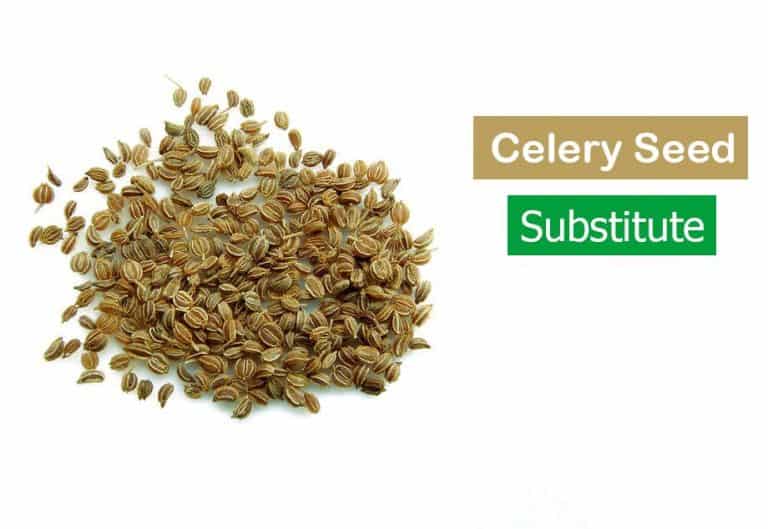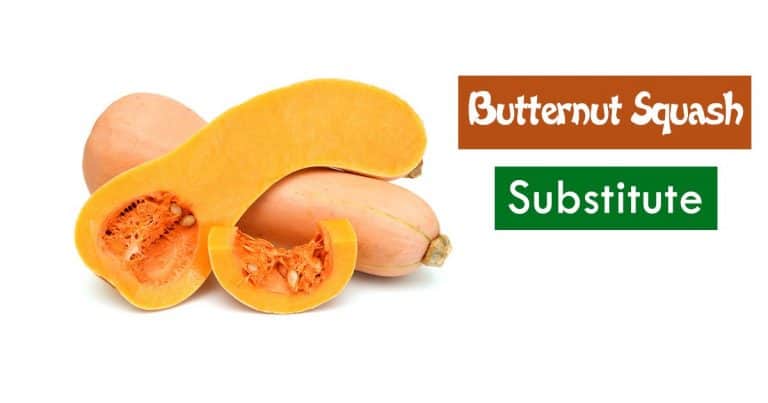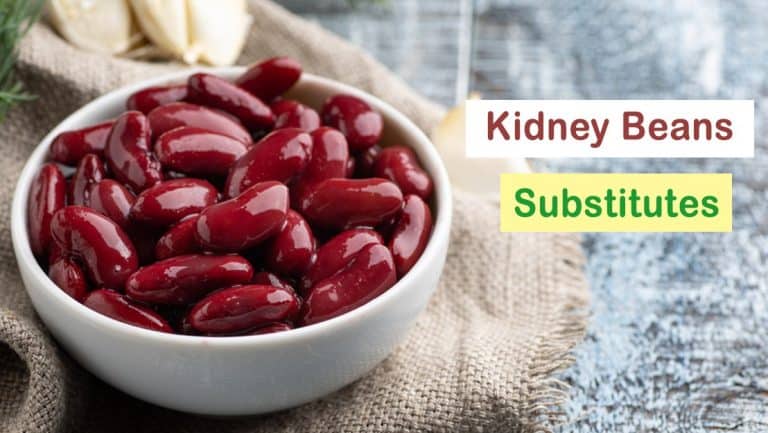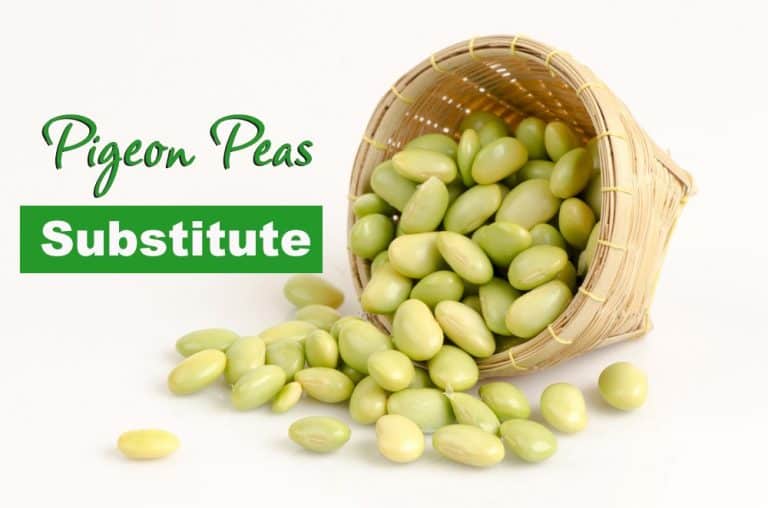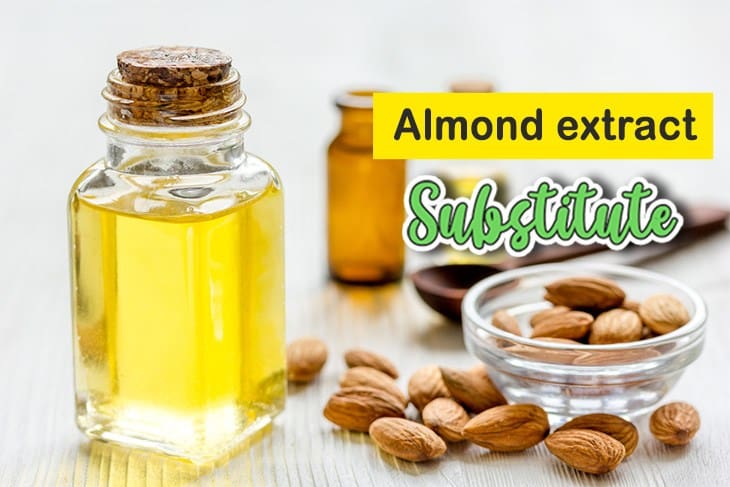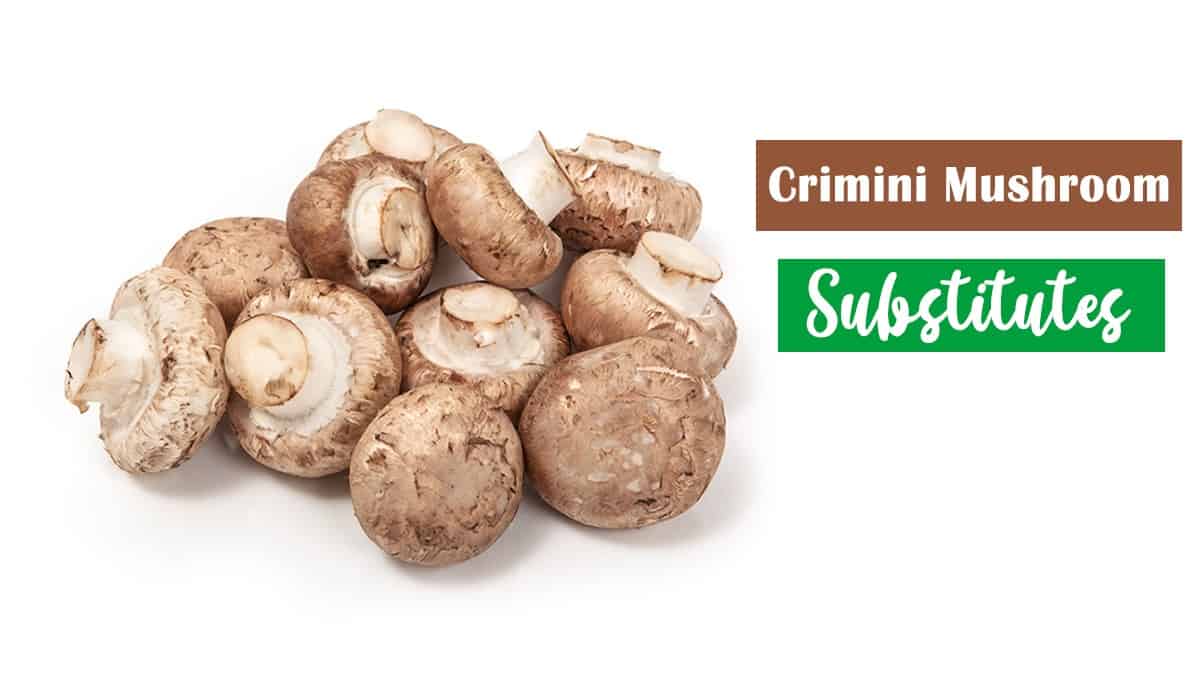
Despite the recent surge in popularity, crimini mushrooms, also called baby bella and cremini, are still among the hardest to obtain. Due to this reason, many people are looking for the Best Crimini Mushroom Substitute. It is also why we prepared this article, as it can save you a lot of time.
Best Crimini Mushroom Substitute
Below are the top 12 suitable choices that you may find interesting. We believe each of them has a specific situation where they shine the most.
1. White Button Mushroom

Of course, white button mushrooms would be among the best choices to replace cremini mushrooms. They are, after all, the same type of mushroom, just in different stages of maturation. If cremini is a young adult, then the white mushroom is more of an adolescent.
They are known under many names, such as table mushrooms, common mushrooms, and Champignon de Paris. Due to its year-round availability, this younger version of cremini is among the most popular types of mushrooms.
Champignon mushroom is often of medium size with caps averaging about 0.7 inches. Beneath the unopened caps, you can find lots of small brown gills hiding behind a white veil.
Attaching to these spongy, firm, and rounded caps are truncated, short stems. The stems are smooth, thick, dense, and extremely chewy.
If you happen to bruise them during the picking or storage, the flesh will quickly turn to a lighter shade of pink and then brown. The only way to avoid this issue is to be as careful as possible.
Many describe the taste of this mushroom as milder than cremini with a fleshy texture. Once fully cooked, it tends to release an earthy flavor that is no different from cremini mushroom. For this reason, you can use it as a cremini mushroom substitute for almost every dish, even the famous sauteed garlic crimini. You can get a respectable supply of amino acids and vitamin D with a cup of the white button mushroom.
2. Portobello Mushroom
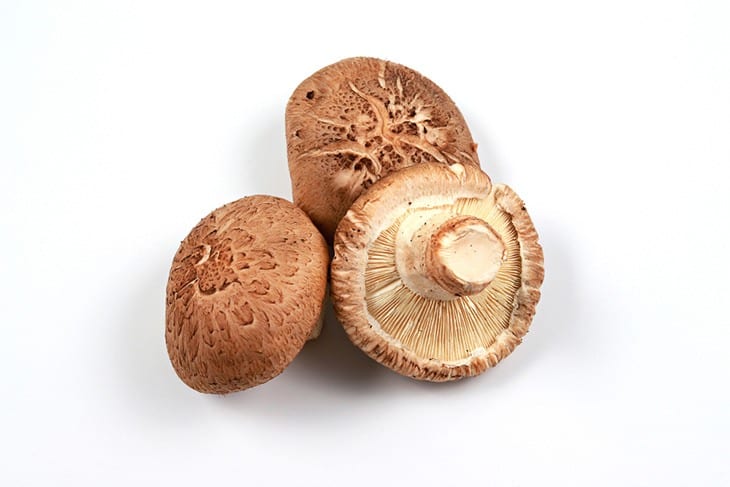
Portobello, or portabella mushroom, is the mature version of Agaricus bisporus, after cremini mushroom and white button mushroom. This form has been around since prehistoric times, having many symbolism variations across many cultures.
You can easily find portabella in almost every single grocery store across America. Its low cost makes it a surprisingly popular ingredient, so much that it earns the moniker “supermarket mushroom”.
The caps of this larger, fully-grown version are, in general, in a darker shade of brown with a flat shape. They can grow to at least 5 inches, meaning they are much bigger than those of cremini mushrooms. The gills underneath the caps would also turn darker, making it even easier to identify them.
This mushroom’s delicate flavor can be described as more smoke than both white button and cremini mushrooms. It is also much bigger, providing a hearty texture when chewed. For this reason, we believe that it can do a great job as a substitute for cremini in grill or toast dishes.
This type of mushrooms does not offer many calories, so they can do wonders for your diet. Also, they provide lots of phytochemicals like conjugated linoleic acid (CLA) and L-ergothioneine, both of which have properties preventing cancer.
3. Shiitake Mushroom
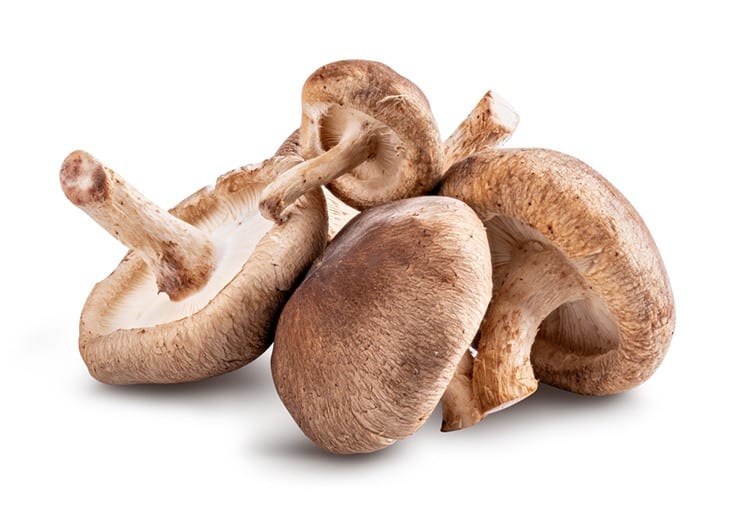
These days, there hardly is anyone who has never heard of the shiitake mushroom. This East Asia native mushroom is now one of the most popular ingredients for many American dishes. However, not many people know that it did not originate from Japan, despite the name.
The earliest record of shitake mushroom cultivation is from China, during the Song dynasty. He Zhan described them as having caps’ diameter of at least 4 inches and thin stems. These caps have a variety of colors, ranging from light brown to darker shades.
You can easily tell shiitake apart from other types of mushrooms thanks to the uniquely curled rims of their caps. There are also the white gills that connect to each other tightly. Depending on its maturity, the shiitake may also have a veil covering these gills.
When cooked properly, you can taste characteristic umami, savory flavor from shiitake. The smell is also irresistible, as most of us are simply weak against that garlic-pine aroma. For these reasons, you can replace cremini with shitake in sautéing and frying dishes.
There is a high concentration of eritadenine within shiitake mushrooms. For those who don’t know, it is incredibly helpful in reducing the level of cholesterol in your blood.
4. Oyster Mushroom
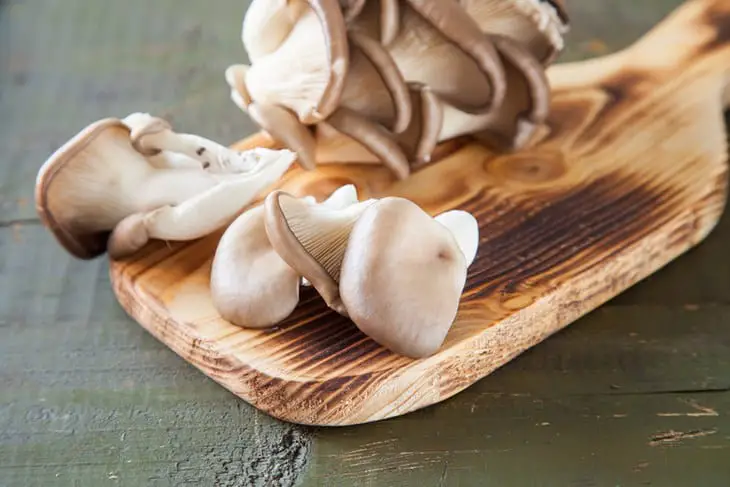
The first large-scale cultivation of oyster mushrooms was back during the first World War. Germany was under pressure and they needed something that can serve as a perfect meat substitute. From that need came this mushroom, which went on to become a widely recognized ingredient.
The easiest to spot characteristic of oyster mushroom is its broad oyster or fan shaped cap. These caps can vary a lot in diameter, with the smallest being ¾ inch and the largest 11 ¾ inches. The color of the caps can be either dark brown or tan or gray.
This mushroom has a mild taste with a touch of anise aroma mixed in. The younger the mushroom, the more velvety its meat would be. For this reason, only young oyster mushrooms can replace cremini in soup or stuffing recipes.
There are loads of beta-glucans as well as polysaccharides such as lentinans in one serving of oyster mushroom. Together, these compounds will fight off cell damages and preserve your immunity system. You will also receive a huge boost in the production of white blood cells.
5. Porcini Mushroom
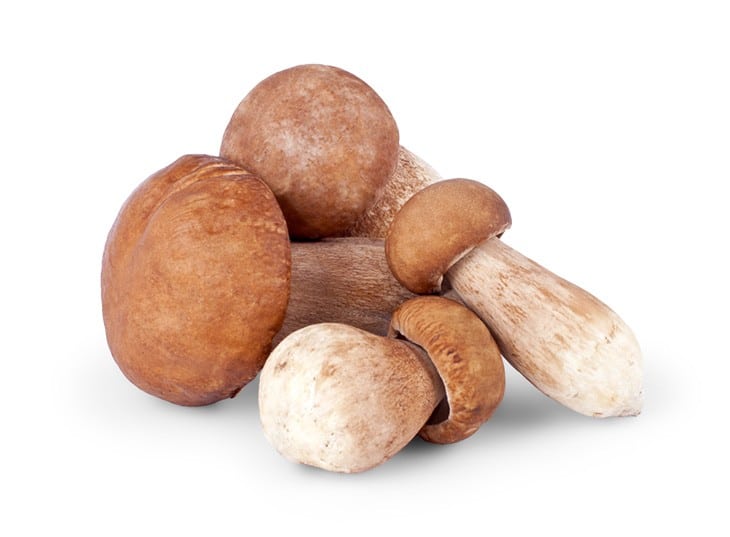
Widely cultivated across the Northern Hemisphere from Asia to America to Europe, yet porcini mushroom is famous as a specialty in Italian cuisine. However, this does not mean that its use is limited to one single type of cuisine.
Despite giving off a characteristic nutty flavor, this mushroom can still taste the same as most other mushrooms. For this reason, you can make use of it in most mushroom dishes if the main ingredient is missing. Cremini mushroom cuisines are, of course, no exception to the rule.
This mushroom type has a convex shape while young, but it will flatten with age, achieving a maximum 12-inch width. Generally, it has a reddish-brown color, fading to a white shade in the margin areas. This color will darken even more as the mushroom ages.
Porcini mushrooms can be rich suppliers of protein and Vitamin A. Of those, vitamin A is practically indispensable, as it accelerates the growth of your immune system. Protein is the main building block for the tissue of your body as well as its fuel source.
Some can mistake them with shiitake mushrooms, as their appearance is quite similar. If you happen to buy it instead of shiitake, don’t worry, as porcini mushrooms are also a perfect substitute for shiitake mushrooms. We do believe that it provides more interesting recipes than the weaker taste of shiitake.
6. Eggplant

None has been able to determine a convincing origin for eggplant, despite the fact that we eat it almost every day. The 3 most likely places are South Asia, Africa, and India, as they have traces of ancient eggplant cultivation.
Available evidence suggests that the Arabs introduced it to Spain in the early parts of the 8th century. However, up until the 16th century, there still was no English record of it. We believe the reason for this lack of record lies in its relationship with nightshades.
Eggplant is a tricky ingredient to cook properly. When undercooked, it will be of astringent quality and give out a bitter taste. However, when cooked properly, it has a complex and rich flavor. The best way to make sure that there is no bitter taste is to rinse and salt it.
As cooked eggplant has the same meaty texture as baby bella, it is a perfect replacement in complex dishes. If you can limit the unique eggplant flavor with a stew, there is no telling apart these two ingredients.
If you can consume eggplant on a daily basis, the chance of heart disease development is infinitely lower. The reason for this benefit lies in the antioxidant content of this vegetable.
7. Ground Chickpeas
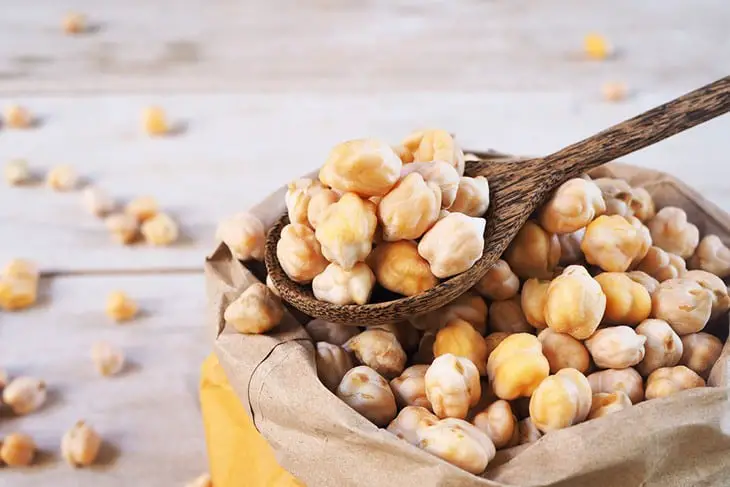
The chickpea is a member of the Fabaceae legume family. You can also call it garbanzo bean, Bengal gram, or Egyptian pea. It is among the first cultivated legumes, with evidence dating its cultivation back at least 7500 years.
The name of this ingredient originates from a French word, pois chiche. After the British were exposed to it in the 14th century, they started using the word ‘chich”. And the “garbanzo” name came from the modern directory of Spanish.
Ground chickpea is not a recent development, as falafel, a traditional Middle Eastern cuisine, is made purely out of ground chickpea. While chickpea is the furthest thing from baby bella texture-wise, things change if it’s in the ground form.
Once grounded and gone through a special process, there hardly is any difference between these two ingredients mouth feel-wise. If you intend to serve sautéed or deep-fried mushroom dishes but there is no cremini, ground chickpea can help you out.
The best benefit of ingesting chickpea is, without any doubt, the improvement of your digestion. There is no shortage of fiber within this pea, and it’s even easier to digest once grounded.
8. Zucchini

Also known as baby marrow or courgette, zucchini is a close relative of the marrow. Each of these names has its own origin. For example, zucchini is an Italian loan word, commonly used in English-speaking countries like New Zealand, England, Canada, and America.
Zucchinis tend to be in all shades of green, with only one exception that is the golden zucchini. This special type of courgette is typically either orange or deep yellow. There is a possibility for zucchini fruits to grow up to almost 3 feet long, but people often harvest them when they reach 10 inches.
Thanks to its much more delicate nature, zucchini proves to be an ideal substitute for mushrooms if you have some problem with this ingredient. Instead of the usual earthy mushroom taste, you can mix things up with a slightly bittersweet taste.
Zucchini also softens considerably after cooking, so it can replace cremini mushroom in stew dishes. With the huge assortment of stew ingredients, you can mask the differences easily. This mushroom in disguise can have the stronger flavor of mushroom if you add in bell pepper and fresh ground pepper.
You get a huge intake of beta-carotene and vitamin C with each serving of Zucchini. Both of them are highly important for maintaining your eyesight. There are also the lutein and zeaxanthin antioxidants, which reduce the risk of eye-diseases significantly.
9. Tofu
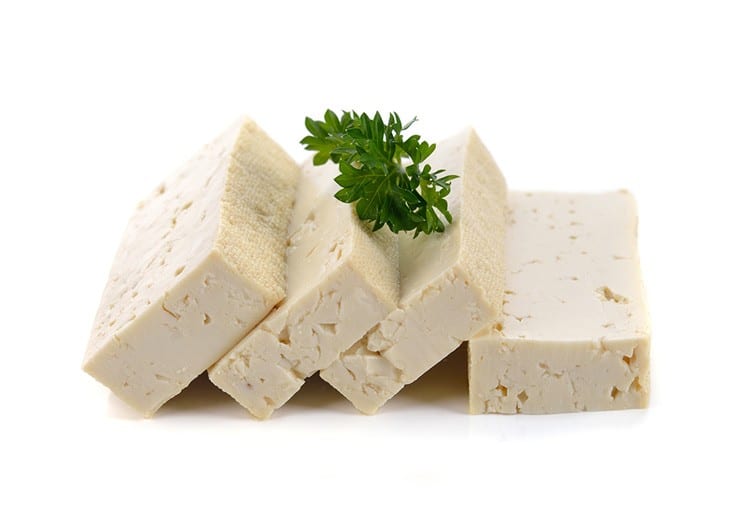
While some people also call it bean curd, tofu is the name we assign this ingredient with the most. A product of the soy milk coagulation process, these solid white blocks are as customizable as you can imagine. Depending on your preference, they can be either firm, soft, or even silken.
It is a Chinese specialty, having a long history of over 2000 years of continuous usage. With the expansion of China’s influence, it also became a traditional ingredient of many East and Southeast Asian countries. Some examples are Thailand, Vietnam, Japan, Korea, and Indonesia.
The block of tofu’s whiteness is based on the soybean’s variety, protein composition, and the gel network’s aggregation degree. That is to say, you can tell the flavor of a tofu block with just one single look at its color.
However, nothing can change the fact that tofu is typically bland, which is a highly sought after characteristic.
No matter which dish you are preparing, this ingredient can fit in perfectly, even if it’s a cremini mushroom dish. With some black pepper and balsamic vinegar, no one can tell the difference between cremini and tofu.
Tofu has a high concentration of isoflavones, a beneficial substance for blood sugar control. They are also quick to improve the sensitivity of insulin, reducing the chance of high blood sugar even more.
10. Cauliflower

Cauliflower has been around for thousands upon thousands of years. At first, it got the name cyma from Pliny the Elder, one of Rome’s biggest natural philosophers. People later switched to using the borrowed word cavolfiore from Italia, which slowly transformed into cauliflower.
Counting in the commercial as well as historic cauliflower varieties across the world is simply too hard.
After all, there are at least hundreds of them, so we will focus on the four most popular types. They are, in order of commonness, white, green, yellow, and orange. The easiest way to distinguish between them is by the color of the head.
Ingesting raw cauliflower may lead to a bitter aftertaste. However, it will create a sharp bite alongside some good crunches.
If you can cook it properly, you get a nutty and sweet note. In other words, it can replace cremini mushrooms in any recipe, as long as it’s not raw. Add in two tablespoons of olive oil and you get the same rich flavor.
Cauliflower will provide your body with a high proportion of choline, something it lacks dearly. It is a major player in the maintenance of your cell membrane integrity. It also helps significantly with the DNA synthesizing process.
11. Russet Potatoes
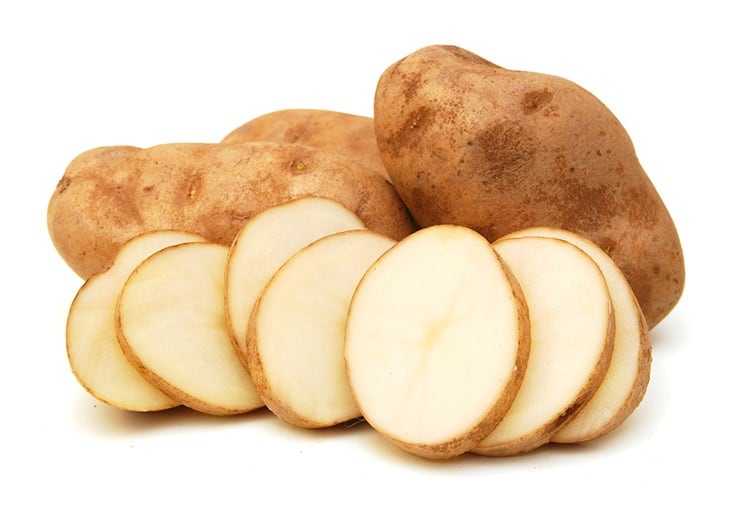
This is a unique type of potato originating from Ireland. Luther Burbank, an Irish farmer, concluded that regular potatoes are simply too weak against diseases. For this reason, he selected only the best of them to create the new and improved Russet potatoes.
This type of potato has a large body, decorated with some eyes and dark brown skin. While uncooked, the only thing one can feel about its flesh is meaty, dry, and white. This is why this potato is only suitable as cremini’s baking recipe replacement.
Due to its high-starch nature, this potato’s meat, once cooked, is incredibly light and airy. You do not want to boil them, though, as they share the same boiling weakness with many other potatoes.
Russet potatoes have a special type of resistant starch, which will evade digestion. Instead, it will pass through the eater’s huge digestive system to feed their gut with beneficial bacteria. This starch is also good for the impeccable control of one’s blood.
12. Sun-Dried Tomatoes
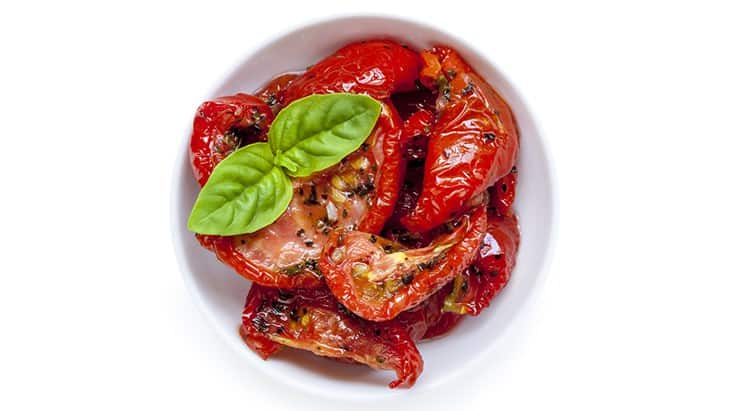
We know that sun-dried tomatoes are the furthest thing possible from any type of mushroom. However, they can actually do a great job if you happen to know what you are doing.
Anyone able to truly drive the distinct dry tomato flavor out will be able to taste the same chewiness as most mushrooms. Of course, this means it won’t work with a simple recipe.
You get sun-dried tomatoes by leaving them to dry under intense sunlight, after pre-treating them with sulfur dioxide. After a while, you can clearly see that they lost most of their water content. The things left are, almost always, the good stuff.
The only problem that you must go through is their intense taste. Our only recommendation is still the same, which is hydrating them all up and then doing it again a second time. With this process, almost all of the unique flavors will be taken care of.
Sun-dried tomatoes have a uniquely high concentration of lycopene, a vital antioxidant. With a certain daily intake, it can protect your skin from sunlight effortlessly.
Frequently Asked Questions
We encountered these interesting questions while researching, we hope that you can find some uses from them.
How Do You Use Cremini Mushrooms And How Does It Taste?
There are quite a lot of ways to prepare cremini mushrooms, even while raw. For example, you can slice raw cremini mushrooms to make grain salads. Stuffing them together with cheese, crab, and some meat is also a good appetizer preparation method.
However, because of their lack of moisture, you should always start things off with sautéed butter. It will help your mushroom soften considerably.
The most common description of cremini mushroom’s taste is an earthy and nutty taste. In other words, they are not that different from the white button mushroom. They do have a meatier texture, though.
How To Store Cremini Mushrooms Properly?
Cremini mushrooms will become exponentially harder to store after each day. We recommend keeping them in the original packet and put in your fridge as fast as possible. You can also make use of some paper bags, as the combination of the fridge and paper bags can extend their life.
Conclusion
The longest time that you can keep cremini mushroom in an acceptable state is at most a week. That is why the best crimini mushroom substitute will always be a hot topic. With our article, we hope you can easily determine which is the most suitable for your conditions.


